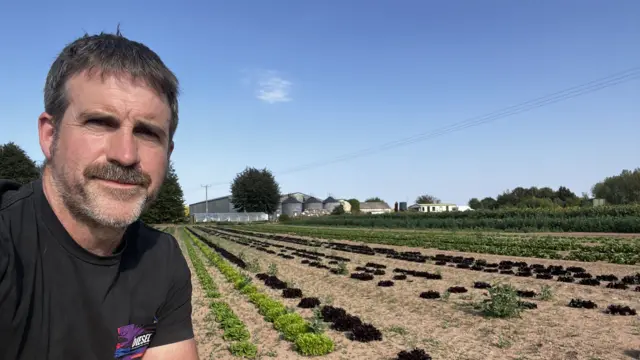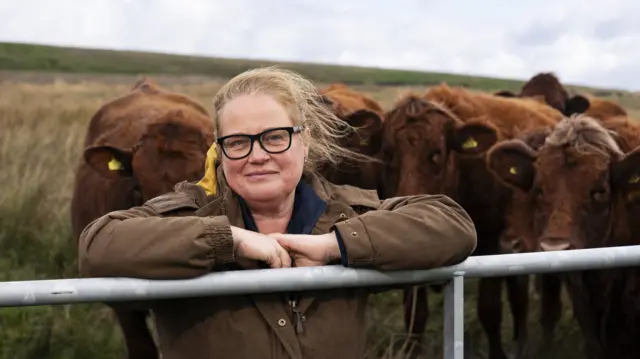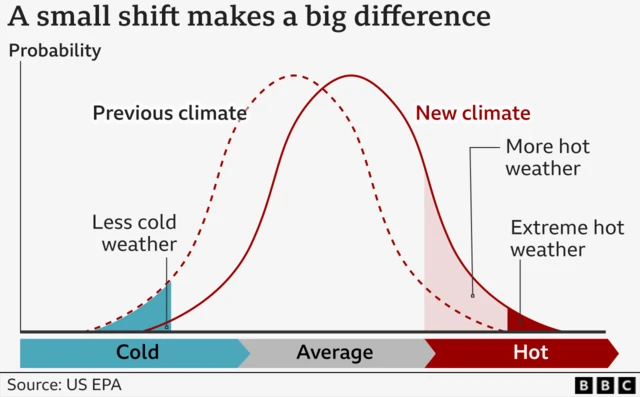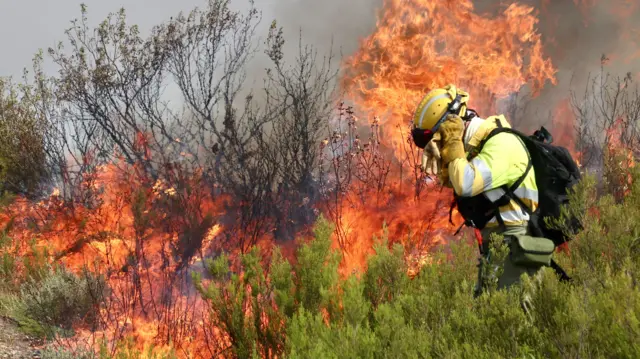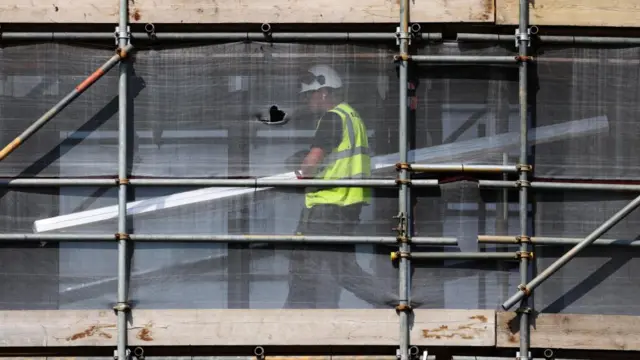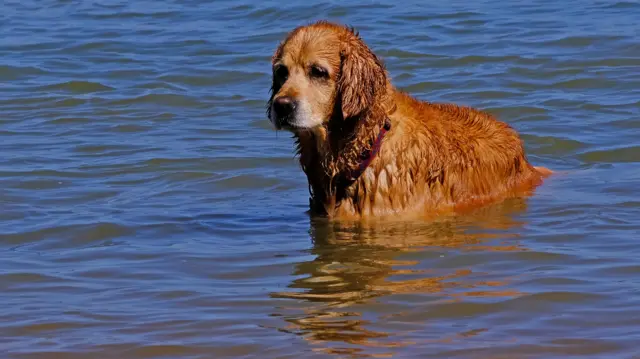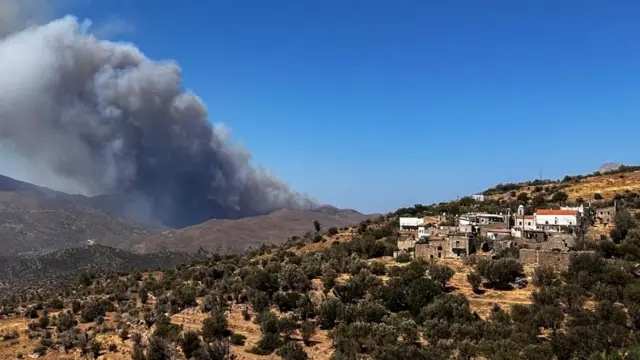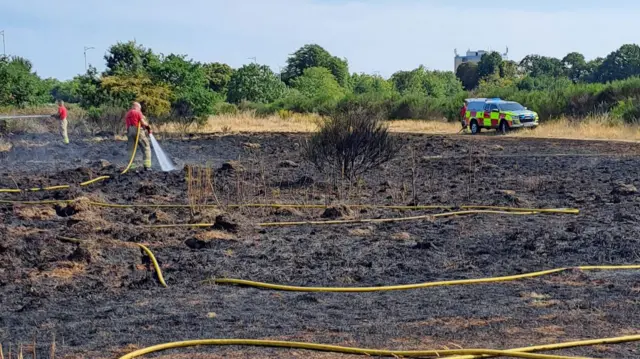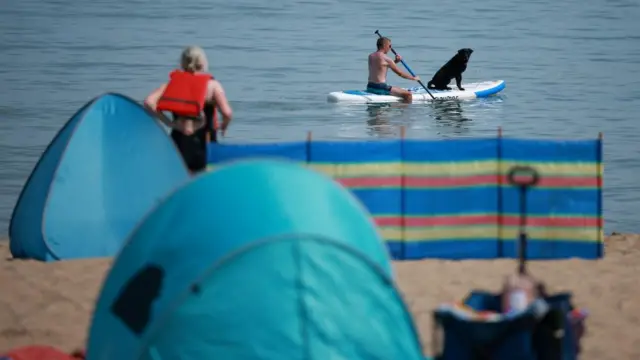England enters fourth heatwave as temperatures reach 33Cpublished at 19:28 BST 12 August
 Adam Goldsmith
Adam Goldsmith
Live reporter
 Image source, Getty Images
Image source, Getty ImagesIt's not quite been the hottest day of the year, but temperatures peaked at 33C in the UK today as England entered its fourth heatwave of the summer.
As evening draws in, amber and yellow health alerts remain in place for all of England, lasting until 18:00 BST tomorrow.
Our BBC Weather colleagues have a summary of the highest temperatures we've seen today.
In parts of southern Europe, the picture is even more extreme. Our correspondent in Madrid, Guy Hedgecoe, has summarised some of the most devastating fires and their impacts.
Across the day, we've heard reports of firefighters battling more than 100 wildfires in Greece, while aerial footage from Spain captures a charred landscape in the aftermath of a blaze.
With another sizzling day forecast for the UK tomorrow, check out our tips for staying safe during hot weather.
It's something we need to get used to - climate change is making heatwaves both more frequent and more intense, writes our climate editor Justin Rowlatt.
We're ending our live coverage now, but we'll continue sharing updates in our news story.
- Download the BBC Weather app for the forecast where you are


